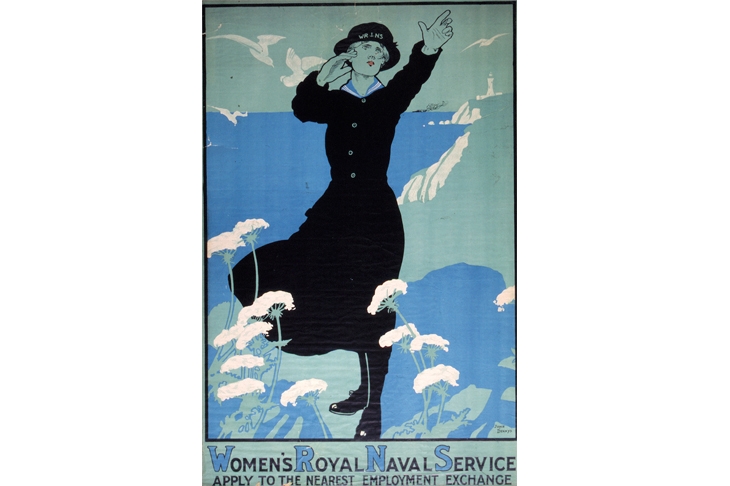This book is a thoroughly researched account of the parts played by women in the service of the Royal Navy from the Middle Ages to the present. What it lacks in anecdotes and personal accounts it makes up for in its comprehensive documentation of official attitudes and measures.
Women have served in — or, more accurately, with — the Royal Navy for longer than we might think. There are medieval references to women accompanying their husbands on voyages, including the Crusades, and to women serving as launderers, cooks, nurses and prostitutes (possibly all four). Ladies of the Cinque Ports — Hastings, Dover, Sandwich, Romney and Hythe — were the most likely to sail. One source claimed that older women ‘washed the clothes and heads [of the sailors]…. Women were as good as monkeys at getting rid of the fleas’.
Three are known to have camouflaged themselves as men or boys in the 1690s, helped by loose and rarely changed clothing and darkness below decks. They used horns as funnels for peeing. But, disguised or not, the numbers who served as crew were tiny: a mere 20 are recorded aboard RN ships between 1690 and 1899, and about 29 in merchant ships.
More commonly, especially in the 18th century, women and children would sail with their warrant officer or marine husbands, working as laundresses or in other supporting roles. As many as 75 could have been aboard the 33 ships at Trafalgar, though there were probably fewer, as non-essential personnel of both genders were disembarked before sailing. Nevertheless, Daniel Maclise’s 1859–64 painting ‘The Death of Nelson’ depicts women nursing the wounded on the Victory.
Formalised roles for women in the Navy, primarily nursing, developed from the end of the 17th century.








Comments
Join the debate for just £1 a month
Be part of the conversation with other Spectator readers by getting your first three months for £3.
UNLOCK ACCESS Just £1 a monthAlready a subscriber? Log in